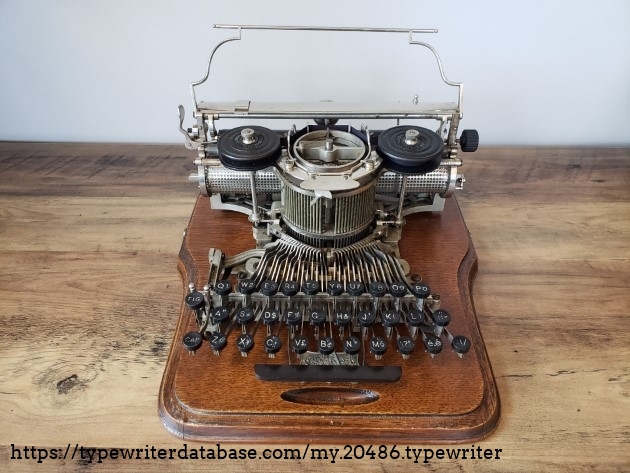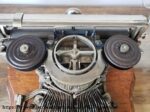The Hammond Anvil and Shuttle (A&S) model is a beautiful machine that was really for one purpose: to demonstrate the innovation of moving from a split-shuttle design, prone to breaking and difficult to manufacture, to a more durable, single element design.

The anvil and shuttle mechanism patent was awarded in 1893 putting a beginning on our timeline. The anvil and shuttle refers to a metal ring in the center of the machine, replacing the split shuttle and its pin-driven-mechanism, and a single element shuttle that slid around the metal ring.


The initial design called for a split ring that would pivot out to provide access for loading the shuttle.

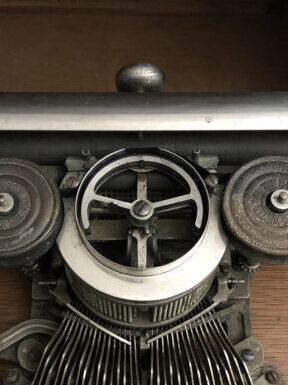
The company would innovate that further by creating a ring that was really two thin metal rings placed on top of one another with a thin gap between them. In that gap would go the metal spin of the new shuttle, which was then engaged by the type-select arm, rather than a series of pins as in the split-shuttle.



A brilliant idea, but how to introduce it into the market? James Hammond was known to order a new innovations inserted into the production line as they were developed, similar to Apple computers in the early 2000s. No need to wait until a “next model” machine.
The company launched a limited run of the new design and designated it the Anvil and Shuttle, as a model-defining feature.

Thanks to this advertisement from the Journal of Education, April 26, 1894 we can start to put a date band around the A&S model production years. We know the No. 2 was released no later than August, 1896, according to a letter from the Boston branch. Working backwards that means the Anvil and Shuttle limited run was produced between 1893 or 1894, and 1896.

But how to identify them?
The key visual feature for identifying a possible A&S model will always be the raised anvil ring, and lack of a shroud around it.
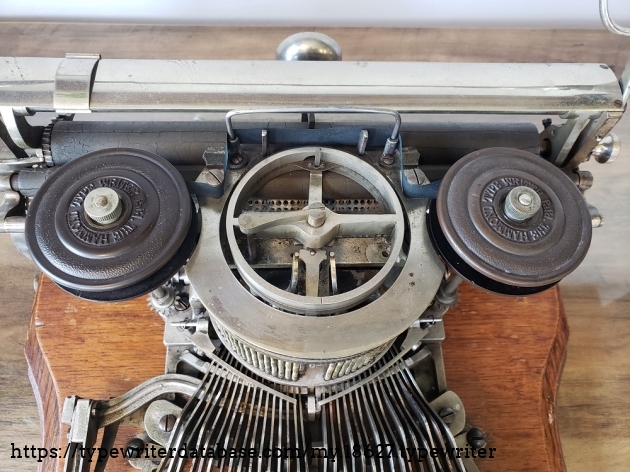
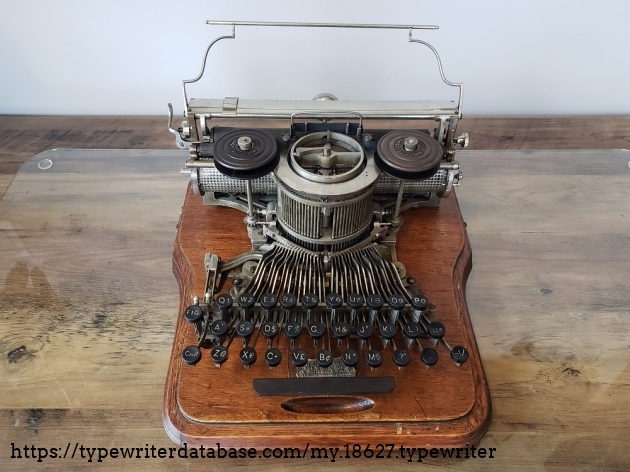
Serial numbers. The other way to identify a suspected A&S is the serial number, which will fall between 20,000 and 26,000. The A&S model might be confused at times with a 1b, here serial #24130, due to it’s thick ebony keys which feature so prominently on the No. 1’s.
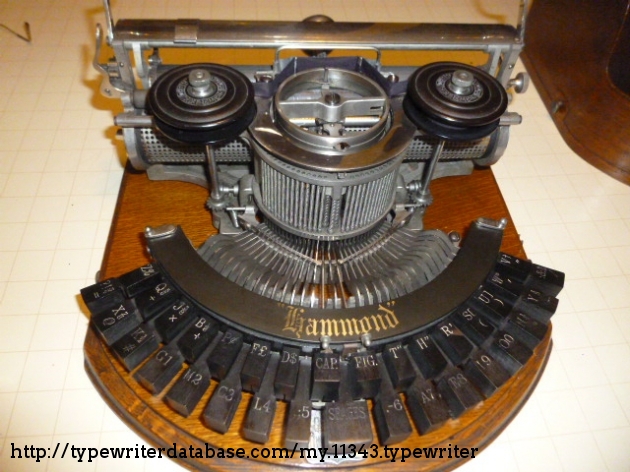
Serials numbers and advertisements help us to narrow the timeline to when machines were made and features added. Here we see a beautiful No. 2 with the serial #26497, narrowing the time frame even further.
